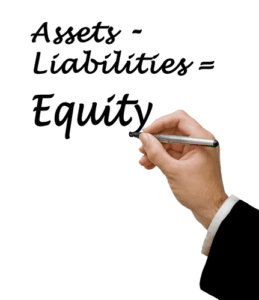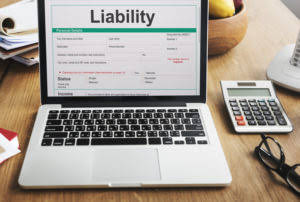Capital Stock Best Overview: What Is It, Definition, Examples

Investors of record on Tuesday, February 18th will be given a $0.47 dividend. This is a boost from Victory Capital’s previous quarterly dividend of $0.44. The result is that the percentage ownership of the current shareholders will be diluted or diminished. This can be an interesting option if the company is considering bookkeeping and payroll services paying dividends or is looking to take advantage of a lower market valuation of the company stock. When a person buys shares in a company, they own a percentage of the company’s ownership. The company will be free to use the capital raised in the best way it believes it can fund the growth of the business.

Amazon Q4 earnings beat estimates

The difference between the par and the sale price of stock, called the share premium, may be considerable, but it is not technically included in share capital or capped by authorized capital limits. So, if the stock sells for $10, $5 million will be recorded as equity capital, while $45 million will be treated as additional paid in capital. Capital stock can only be issued by the company and it is the maximum number of shares that can ever be outstanding. It is a means by which a corporation can raise capital to grow their business. The stock issued can be bought by investors, who seek price appreciation and dividends, or exchanged for assets, like equipment needed for operating their business. As a company grows and seeks new sources of funding, it might choose to tap into its capital stock reserves.
Market Capitalization
- Capital stock plays an important role in both the formation of a company and the continued governance of that company once it’s public.
- Share trading is the process of buying and selling shares within a company.
- Capital stock can be issued by a company to raise capital to grow its business.
- Legal capital for these corporations may be established by the use of a stated value per share that substitutes for par value or by using the total value received upon issuance.
- Equipped with this knowledge, you’ll gain an edge in understanding key financial statements and making informed decisions whether you’re an investor or part of a corporation looking to issue stocks.
- Capital stock is important because it caps authorized shares via the corporate charter.
People with shares can get dividend income and have voting rights in big decisions. Attracting investors becomes easier when there’s an opportunity to own a part of the corporation through capital stock. Once a stock is repurchased the company can either cancel it, reissue it, or hold onto it. For information pertaining to the registration status of 11 Financial, please contact the state securities regulators for those states in which 11 Financial maintains a registration filing.
- Every share within the capital stock carries value, which contributes to the overall worth of a company as seen on its balance sheet.
- The method a company uses to raise capital is called its capital structure.
- Outstanding shares are shares that have been issued to investors and are not owned by the company.
- Since 1988 it has more than doubled the S&P 500 with an average gain of +24.30% per year.
- A company is not authorized to issue more shares than what it is authorized to issue in its capital stock.
- When a company receives money in exchange for the shares in its capital stock, we refer to that as a capital contribution and that is reported as the “paid-in capital” on the balance sheet.
Capital Stock Vs Common Stock
If a company’s founders sell the majority of its voting shares to outside investors, they risk losing the ability to control the company’s future. Moreover, even if it only sells a small number of shares, securities laws will require the company to publish details of its financial health. If a company obtains authorization to raise $5 million and its stock has a par value of $1, it may issue and sell up to 5 million shares of stock. The difference between the par capital stock value and the sale price of the stock is logged under shareholders’ equity as additional paid-in capital.
How do dividend distributions affect additional paid in capital?

By knowing the difference between preferred and common stock, investors can make informed decisions and navigate the complexities of the stock market more effectively. Investors who own these shares are entitled to dividends and voting rights. Unlike outstanding shares issued to bookkeeping shareholders, treasury shares or treasury stock do not grant voting rights or right to dividends. The capital stock is the total share capital (including equity capital and preference capital) that a company has issued.

